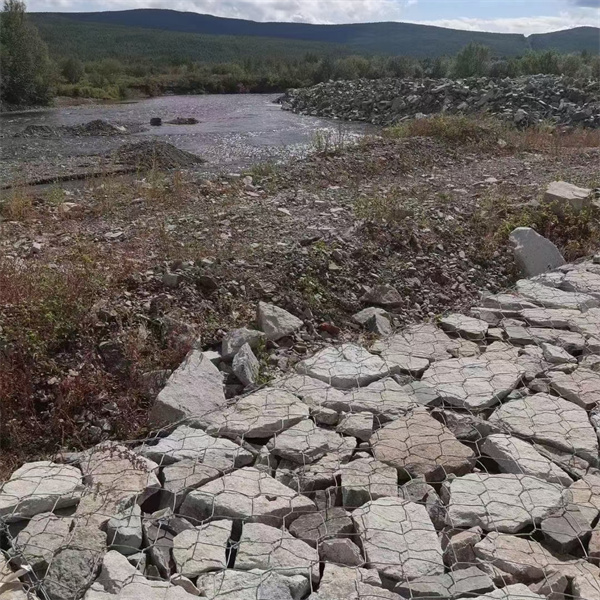12 月 . 13, 2024 09:46 Back to list
Understanding Gabions and Their Applications in Modern Landscape Design and Construction
Understanding Gabions Definition, Purpose, and Applications
Gabions, derived from the Italian word gabbione, meaning big cage, are wire mesh containers filled with natural stones, rocks, or sometimes concrete. They are a versatile and effective solution widely utilized in civil engineering, landscaping, and environmental projects. This article delves into the definition, purpose, and various applications of gabions, showcasing their importance in modern construction and environmental management.
Definition of Gabions
At their core, gabions are structures made of wire mesh or wire fabric that are either hexagonal or rectangular in shape. These cages are typically filled with hard materials like granite, limestone, or concrete and are designed to be stacked or placed in various configurations. The wire mesh is usually made of galvanized steel or PVC-coated steel, providing durability and resistance to corrosion. The filled gabions can vary in size, from small units used in residential landscaping to large structures used in engineering projects.
Purpose of Gabions
Gabions serve several purposes, primarily in erosion control, soil stabilization, and infrastructure defense. One of their key uses is in riverbank reinforcement and slope protection. When placed along riverbanks, gabions absorb the energy of flowing water, reducing the likelihood of erosion and land degradation. Their porous nature allows for proper drainage, minimizing hydrostatic pressure and enhancing the longevity of these structures.
Additionally, gabions are often used to create retaining walls, which help to hold back soil in hilly or unstable areas. Their ability to adapt to various terrains makes them a popular choice in geotechnical engineering. The structure's weight and the friction between the stones offer stability, supporting the soil above it while allowing for natural vegetation growth.
Applications of Gabions
The versatility of gabions has led to their widespread application across numerous fields. In civil engineering, they are used in
define gabion

1. Erosion Control Gabions are effectively placed in coastal, riverine, and mountainous areas to combat soil erosion, reducing the risk of landslides and habitat destruction.
2. Retaining Structures Engineers frequently use gabions to construct retaining walls, where their mass and stability can prevent soil displacement. These walls are particularly beneficial in areas prone to landslides.
3. Flood Protection Gabions can be strategically positioned to create temporary or permanent flood barriers, providing an immediate response to rising water levels without the need for extensive infrastructure.
4. Aquatic Habitats In some cases, gabions are submerged in water bodies to create habitats for fish and other aquatic organisms. The spaces between the rocks provide shelter and breeding grounds, contributing positively to ecosystem health.
5. Landscaping Beyond structural uses, gabions have gained popularity in landscaping for aesthetic purposes. They can serve as stylish garden borders, seating arrangements, or visual focal points, combining functionality with aesthetic appeal.
6. Sound Barriers Gabion walls can also function as noise barriers, particularly in urban areas, absorbing sound and providing a degree of privacy.
Conclusion
Gabions represent a practical and eco-friendly approach to solving various environmental and engineering challenges. Their ability to integrate into both natural and constructed landscapes makes them a valuable asset in contemporary construction practices. As we move towards more sustainable solutions in civil engineering and landscaping, gabions will undoubtedly continue to play an essential role, blending functionality with environmental conservation.
-
Wire Mesh Thickness Impact on Gabion Wall Load Bearing
NewsAug.12,2025
-
Ultimate Guide to Hexagonal Gabion Box
NewsAug.12,2025
-
Types of Rocks for Gabion Baskets Durability and Aesthetics
NewsAug.12,2025
-
Standard Gabion Box Sizes and Their Industrial Applications
NewsAug.12,2025
-
Easy Guide to Building Garden Gabion Cages at Home
NewsAug.12,2025
-
Drainage Solutions for Gabion Mesh Structures
NewsAug.12,2025
-
Visualizing Gabion 3D Integration in Urban Landscapes with Rendering
NewsJul.23,2025






